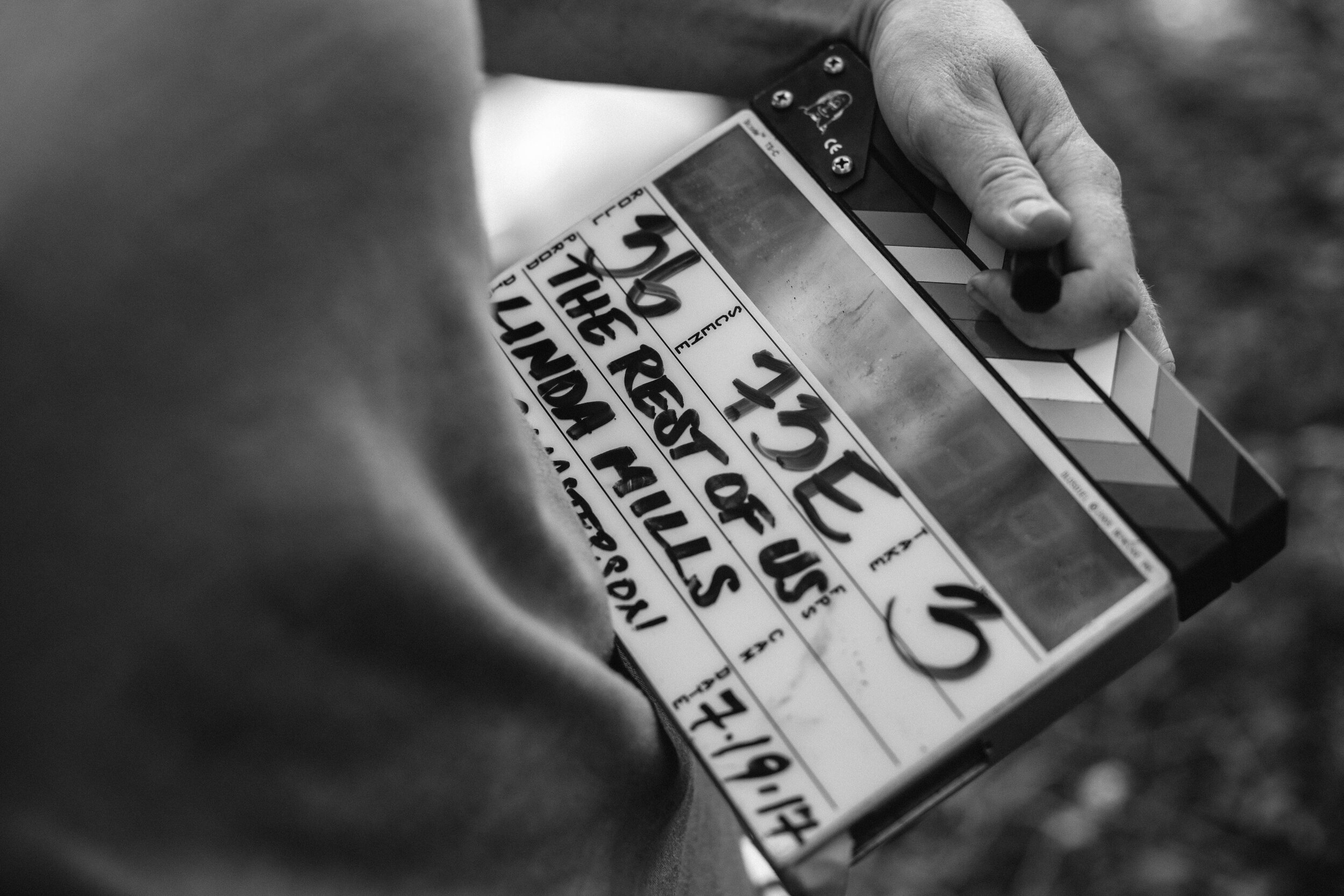The Making of the Film
The Story
Set against the backdrop of 9/11, The Rest of Us captures the tectonic shifts that have occurred in the past 20 years in the divided world we often witness and its impact on youth mental health. Young adults have experienced anxiety and thoughts of suicide at unprecedented rates and technology has caused new levels of social isolation and depression across this traumatic landscape.
the process
The impact of racism, including structural racism, on the emotional and economic wellbeing of students of color has led to further mental health inequities for these communities. The script of the film was based on a devising process where a group of diverse student activists and socially engaged actors were invited to participate in several days of improvising and storytelling, in order to best capture the turn-of-the-century dynamics that have reshaped the boundaries of young people’s lives. The devisers were instrumental in creating a story about collective trauma but also resilience, with a focus on a few key themes: suicide prevention, mental health, oppression, and social identity.
the vision
When we set out to make the The Rest of Us, we intentionally wanted to capture the struggle of the living, both to prevent another suicide, but also to encourage resilency in a traumatized community. Knowing that suicide is the second leading cause of death among young people in the United States — and is often addressed in the media in ways that can promote contagion — the film focuses on those who used the power of their creativity and intelligence to discover the means for preventing devastating loss.
Our Campaign
Our GOALS
Deliver a realistic portrayal of suicide and mental health on college campuses, for faculty and administrators to watch and share with students
Spark important conversations about combating mental health stigma, encouraging connectivity, and raising awareness about suicide contagion and prevention, particularly as they affect college-aged students in the United States
Our strategy
Prepare for a nationwide screening tour starting October 2019 by researching the issue area, identifying key audiences and locations, crafting messaging for the campaign, and engaging organizational partners under the Picture Motion host network
Create and share supplemental educational materials, such as a multifaceted discussion guide and resource guide, to galvanize audiences to combat mental health issues in their own communities
Organize grassroot screenings and impact events in partnership with organizations such as New York University, Picture Motion, and The Danya Institute to share “best practices,” facilitate discussions for screening audiences and to discuss methods for helping students cope with suicides on campus
Our Impact
Approximately 330 screening attendees across grassroots film-centric and educational impact events thus far
95% of attendees surveyed say they would share the film with friends and/or family
100% attendees surveyed stated that they learned something new and/or expanded their understanding of campus mental health
Captured 11,322,116 unique views potentially reached from campaign coverage
Participated in the first-ever inaugural “Mental Health Action Day” in partnership with more than 800 leading brands and non-profits







